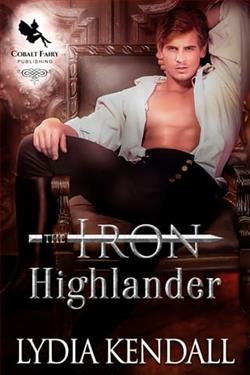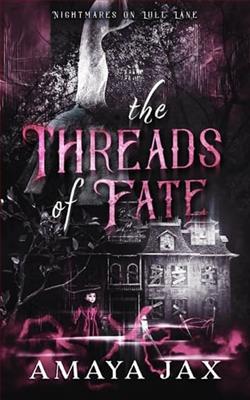Page 93 of The Happy Month
CHAPTER TWENTY-SIX
August 5-6, 1996
Monday afternoon/Early Tuesday morning
Ihad a rough idea how to get to UCLA, so I stubbornly refused to consult myThomas Guide. After several wrong turns, I found myself at the south end of the campus. I parked in visitor parking, then walked a couple blocks south, and had lunch at California Pizza Kitchen – a barbeque salad with an Arnold Palmer.
Finished with that, I then took the longest walk I’d been on in a very long time. Once I was back on campus, I asked a couple of students to direct me to the film department. The one didn’t know, the second just pointed north. So I kept walking north.
The campus was lovely, lots of interesting architecture and old growth trees. The kind you don’t often see in Los Angeles. I kept asking for the film department and continued to be sent north. Finally, a third student said, “You want Melnitz. It’s in the northeast corner.” That’s when I realized I’d parked in the completely wrong place.Even before I found the film department, I began to dread the walk back to my car.
The Melnitz Building was brick with large metal-framed glass windows at the front. Very sixties. Immediately, you walked into a two-story lobby with paneled walls decorated with movie posters. To my right was a box office which was shuttered, in front of me double doors that must have led to a theater. They were also locked. To my left was another set of doors that was open to a hallway.
A long hallway, presumably running the length of the building. It was a typical public building: shiny linoleum floor, acoustical tiles on the ceiling, faded pastel colors on the walls. Doors off the hallway went to recording rooms, editing rooms, screening rooms. I doubted any of that was what I was looking for.
About halfway down there was an open space with some vinyl seats bolted to the floor. It looked straight out of an airport terminal. A couple of students—one guy and one girl—sat there, talking.
“Hi. I’m looking for a professor of film history. He’s working on a project about postwar set designers.”
They looked at each other. The guy shrugged like he had no idea, but the girl said, “You’re probably looking for Aletti. I took his class on neorealism after World War Two. It sounds like something he’d be into.”
“Okay, do you know where I could find him?”
“The offices are in East Melnitz. You just go down the hall, out of the building and right into the next one. He’s probably not there, but his office hours will be posted.”
I said thanks and walked away. A few minutes later, I found myself walking the halls of a largely empty building. I read the professors’ names as I went. No luck on the first floor. I climbed the stairs to the second floor andkept looking. Halfway down there was an open door. Someone I could ask, was my first thought. But when I got there, I saw that Louis Aletti was one of three professors who occupied the office.
Inside, I found a young man in his early to mid-twenties. He was sorting some papers on a distressed and distressing sofa.
“Hi, you’re not Professor Aletti, are you?”
He chuckled. “I’m his research assistant. Who are you?”
“My name’s Dom Reilly. I was at the Academy Library this morning and they said Professor Aletti was doing research on set designers after the war.”
Not exactly true, but whatever.
“Um, actually, he’s researching gaysetdesigners.” He said the words ‘gay set designers’ very clearly. I assumed people often heard ‘gay sex designers,’ which was something else entirely. Having navigated the difficult part, he continued, “We’re examining the impact of sexuality on the film arts. The school is finally putting together a queer studies program. Professor Aletti is hoping to teach a class in both departments and also publish a paper on the subject.”
“I see,” I said. “And you are?”
“Eldridge Hall. I got a B.A. in Women’s Studies last year. My focus, though, was sexuality. That’s how I ended up here. Can I ask why you’re interested?”
“I’m working for the family of Patrick Gill. I believe he was Ivan Melchor’s lover.”
“He was, yes. What are you doing for them?”
“I’m looking into the murder of a woman named Vera Korenko. She was Patrick Gill’s fiancée for less than a year before her death in 1949.”
“I’m pretty familiar with Ivan Melchor. I know that heand Patrick Gill were together from sometime in the late forties until his death.”
“They met in 1948.”
“Really?”
I explained to him the coding in Melchor’s appointment books.
“Thanks. I’ll take a look at that. Are you saying that Patrick was engaged to a woman while he was seeing Ivan?”















